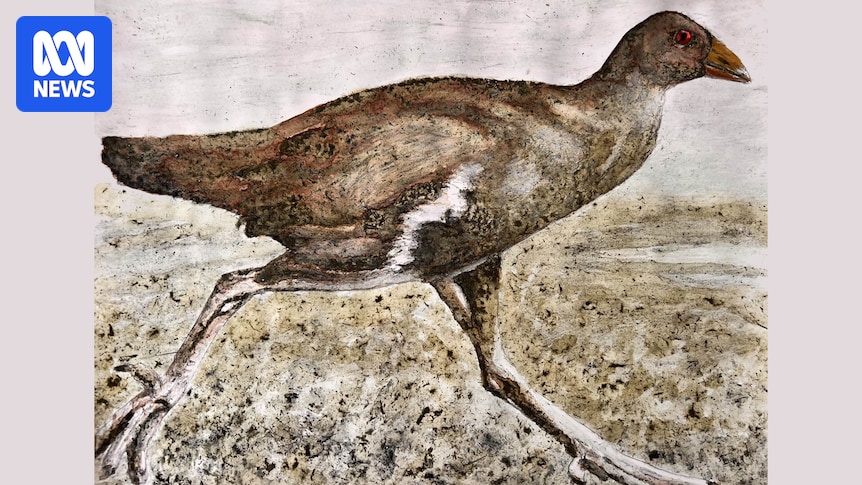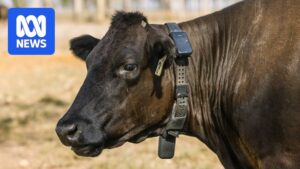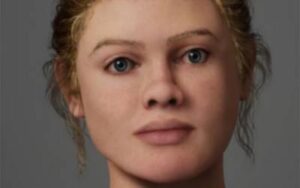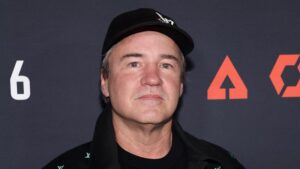
Tasmanian museum owner Karin Koch has sparked intrigue and conversation with the world’s first animal poo painting competition, aiming to destigmatize faeces while also providing a platform for artistic expression. The event, hosted by Koch’s Pooseum, a science museum dedicated to dung, invites artists to create masterpieces using animal excrement.
In 2024, the inaugural “Poo-tastic Tasmanian Paint Off” offered a $2,000 prize, drawing participants eager to explore this unconventional medium. Following its success, the competition returns with a new challenge for artists: crafting “expressive portraits” using animal poo. A standout piece from last year, a portrait of environmentalist Bob Brown painted with pademelon droppings, serves as inspiration for this year’s entrants.
Breaking Taboos Through Art
The competition’s roots trace back to a personal tragedy for Koch. The death of a close friend from bowel cancer, who kept his symptoms secret due to societal taboos, motivated her to address the silence surrounding faeces. “In his generation, talking about such things was taboo, and that silence, unfortunately, cost him his life,” Koch explained.
Originally planning a museum focused on human faeces, Koch shifted her attention to animal dung after relocating to Tasmania. “For thousands of years, animal faeces have been used in various ways, particularly in rural regions across Asia and Africa,” she noted. “I realized that no-one had ever dedicated a museum to animal faeces, despite the fascinating science and ecological importance behind it. So I decided to be the first.”
Artistic Endeavors with Unconventional Materials
The Pooseum showcases a diverse array of artworks crafted from animal dung, sourced from artists across the globe, including the United States, the United Kingdom, and Germany. Among these is a “highly detailed” piece by German artist Werner Härtl, who began using cow dung as a medium while working on a farm in 2012. Härtl describes dung as an “extremely versatile” material, capable of producing intricate and unique artworks.
Artist Karen Lyttle, who won the inaugural competition, had never worked with animal poo before. Her winning piece, “Crap Wallpaper,” features three plump pademelons alongside their intestinal tracts and droppings. “The whole pattern is based on eating and defecating,” Lyttle explained. She embraced the medium’s versatility, experimenting with various mixtures to create her paint.
“We try to pretend that poo doesn’t exist, but it’s part of everything,” Lyttle said. “The nutrients [from poo] go back into the ground … to help Australian farmlands … it’s the whole cycle of life.”
The Return of the Poo-tastic Paint Off
This year’s competition introduces stricter rules and a specific theme, focusing on portraiture. Open exclusively to Tasmanian-based artists, the event raises the bar following its successful debut. Koch, a portrait enthusiast herself, commissioned a portrait of Bob Brown by Tasmanian artist Ewen Welsh to set the tone for this year’s entries.
Welsh approached Brown through his partner, Paul Thomas, and received enthusiastic approval. “Every stage I sent [him] an email and said, ‘Is this OK? Do I have your permission?'” Welsh recounted. “Bob likes the portrait.”
Koch expresses pride in displaying the portrait and eagerly anticipates the submissions for this year’s competition. “I’ve always enjoyed doing things that haven’t been done before,” she remarked. “Though primarily a science museum, the Pooseum balances education with humour, proving that even something as gross and messy as faeces can be a fascinating subject for learning.”
Implications and Future Prospects
The Poo-tastic Tasmanian Paint Off not only challenges societal norms but also highlights the potential of unconventional materials in art. By encouraging dialogue around a typically taboo subject, Koch’s initiative may inspire similar competitions and exhibitions globally. As the event gains traction, it could pave the way for broader acceptance and understanding of faeces’ ecological and cultural significance.
With the competition’s growing popularity, artists and audiences alike are beginning to view dung not as waste, but as a resource ripe with creative possibilities. As Koch continues to push boundaries, the Pooseum stands as a testament to the power of art in transforming perceptions and sparking important conversations.







